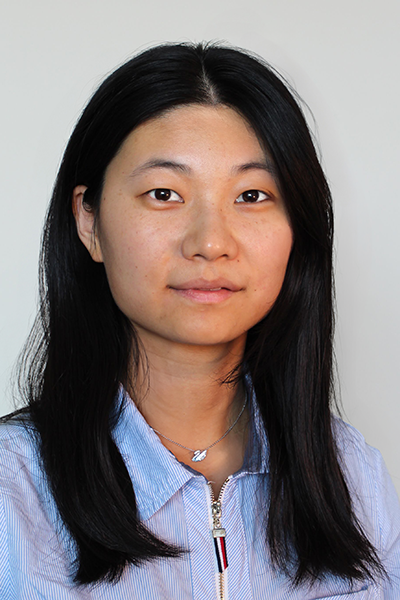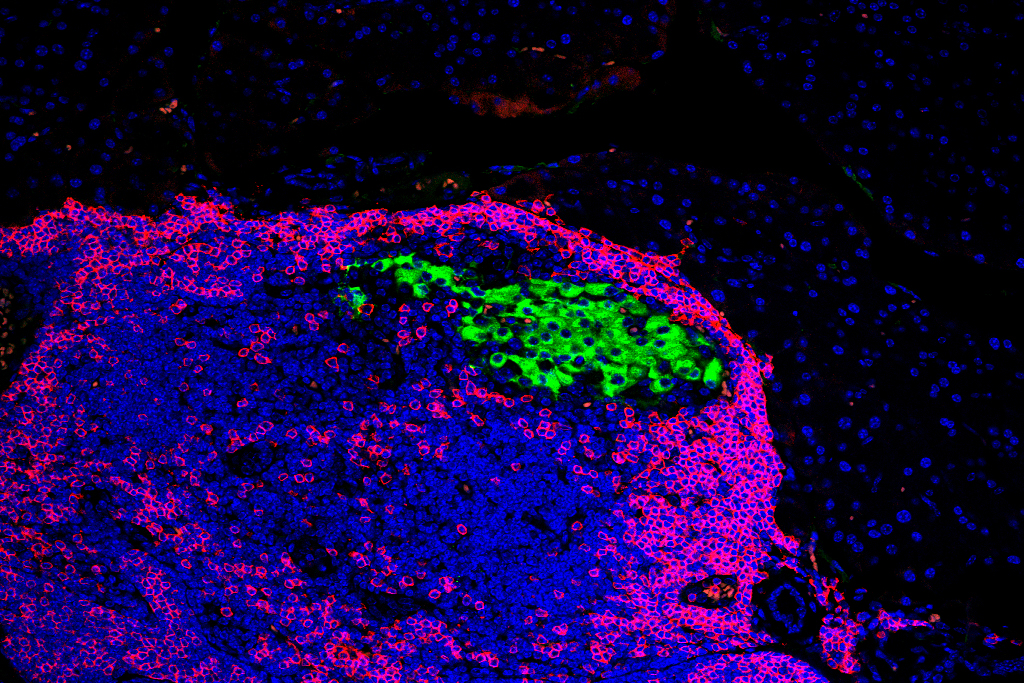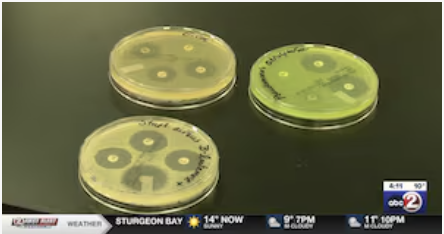Student Profile: Meet Nan Jiang

Nan Jiang
After years of bridging benchwork and big data in her research at the Wisconsin Institute for Discovery, Nan Jiang is preparing to graduate with her PhD in Biophysics. In the Yin Lab, led by Wisconsin Institute for Discovery faculty member John Yin, she tackled urgent biomedical questions through an interdisciplinary lens. Her projects ranged from studying viral genome dynamics in COVID-19 patients to developing new methods for evaluating drug responses.
We sat down with Nan to talk about the research she’s most proud of, the collaborative spirit that shaped her time at WID, and what she plans to do next.
Looking back, how has your time at WID shaped your research or the way you think about interdisciplinary work?
WID has fundamentally reshaped the way I approach scientific problems. Being part of a community where researchers from diverse fields work side by side made cross-disciplinary exchange a natural part of daily life. Statisticians, bioinformaticians, mathematicians, computer scientists, engineers, and microbiologists sat just a few meters away from me, and these informal conversations, plus WID seminars and symposia, gave me valuable insights into the challenges and approaches in other fields and helped me think more broadly and creatively. The collaborative environment inspired me to integrate computational and experimental methods in my own work, and strengthened my belief in the power of interdisciplinary science to drive discovery.
What’s one moment or project from your time at WID that really stuck with you—and why?
One memorable project was developing a bioinformatics strategy to improve the detection of viral deletions from COVID-19 clinical swab samples. Initially, we faced a major challenge: the commonly used sequencing protocol generated a high number of false positives, compromising downstream analyses. I designed a filtering strategy that eliminated over 99% of these false positives while preserving true deletion signals. This improvement greatly enhanced the accuracy of our results and allowed us to confidently analyze publicly available patient-derived datasets to investigate the biological significance of these deletions, including their link to disease severity. It was a rewarding experience that combined technical problem-solving with meaningful translational impact and was the result of months of interdisciplinary collaboration across clinical, sequencing, and computational efforts.
As you approach graduation, what are your plans for the next stage of your career, and what kind of roles or opportunities are you hoping to pursue?
I’m currently exploring both postdoctoral and industry research positions where I can continue working at the intersection of molecular biology, genetics, computational biology, and translational medicine. I’m especially interested in roles that involve therapeutic development and data-driven approaches to understanding disease. Ultimately, I hope to contribute to research that has a direct impact on human health.
When you need a break from research, where is your favorite spot on campus to recharge or get inspired?
I like walking by Lake Mendota near the Picnic Point area. The water, trees, and open sky provide a peaceful contrast to the intensity of lab work. It’s a great place to reset and reflect.





